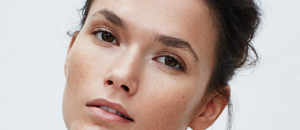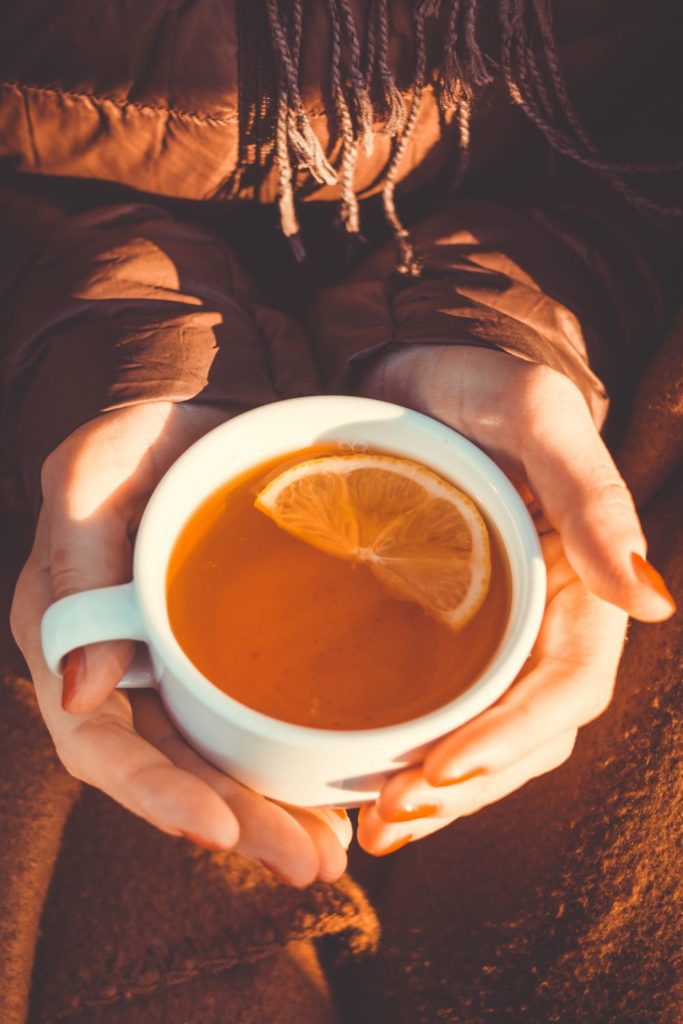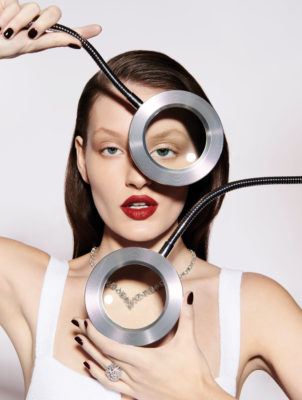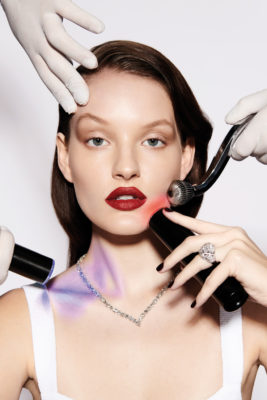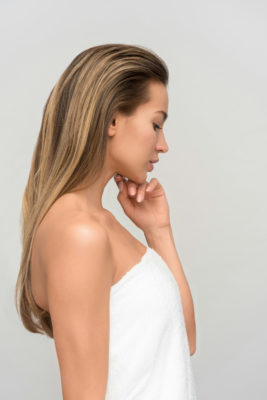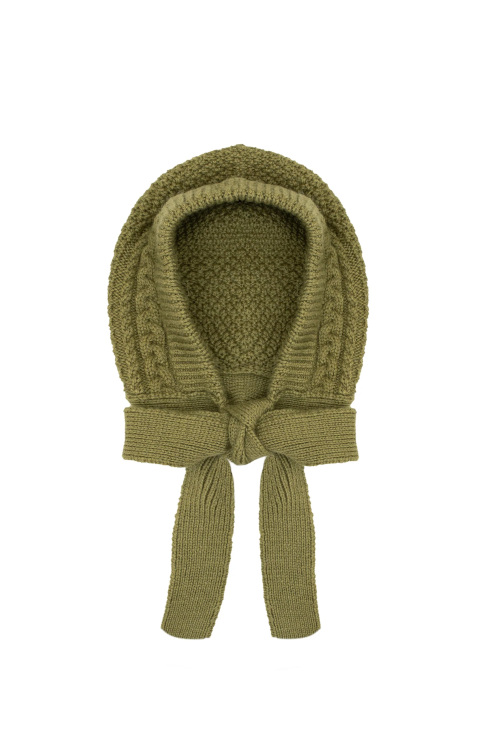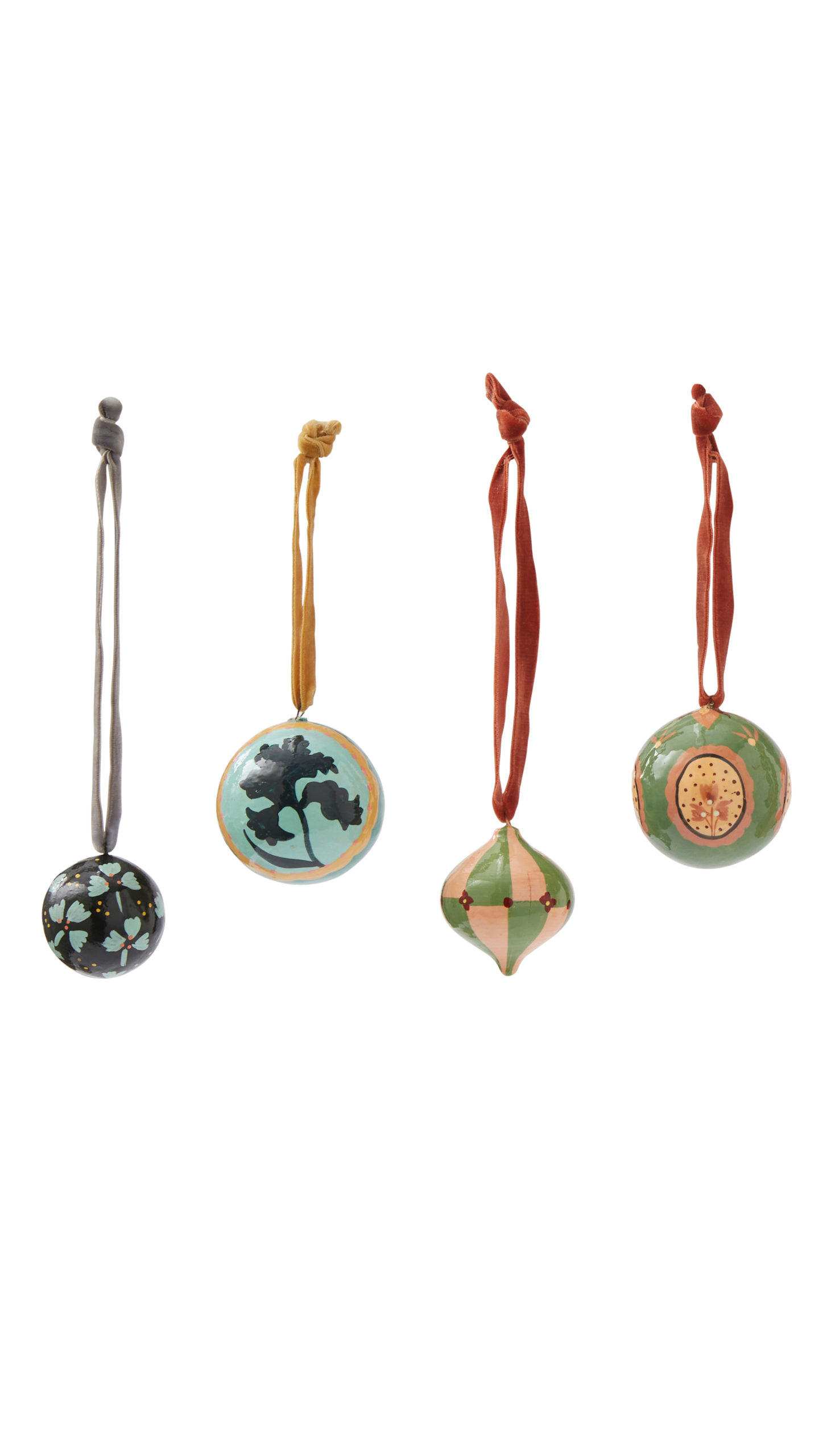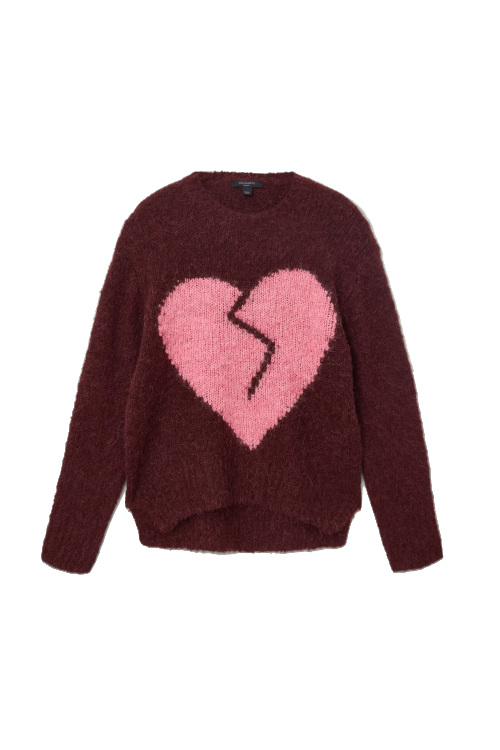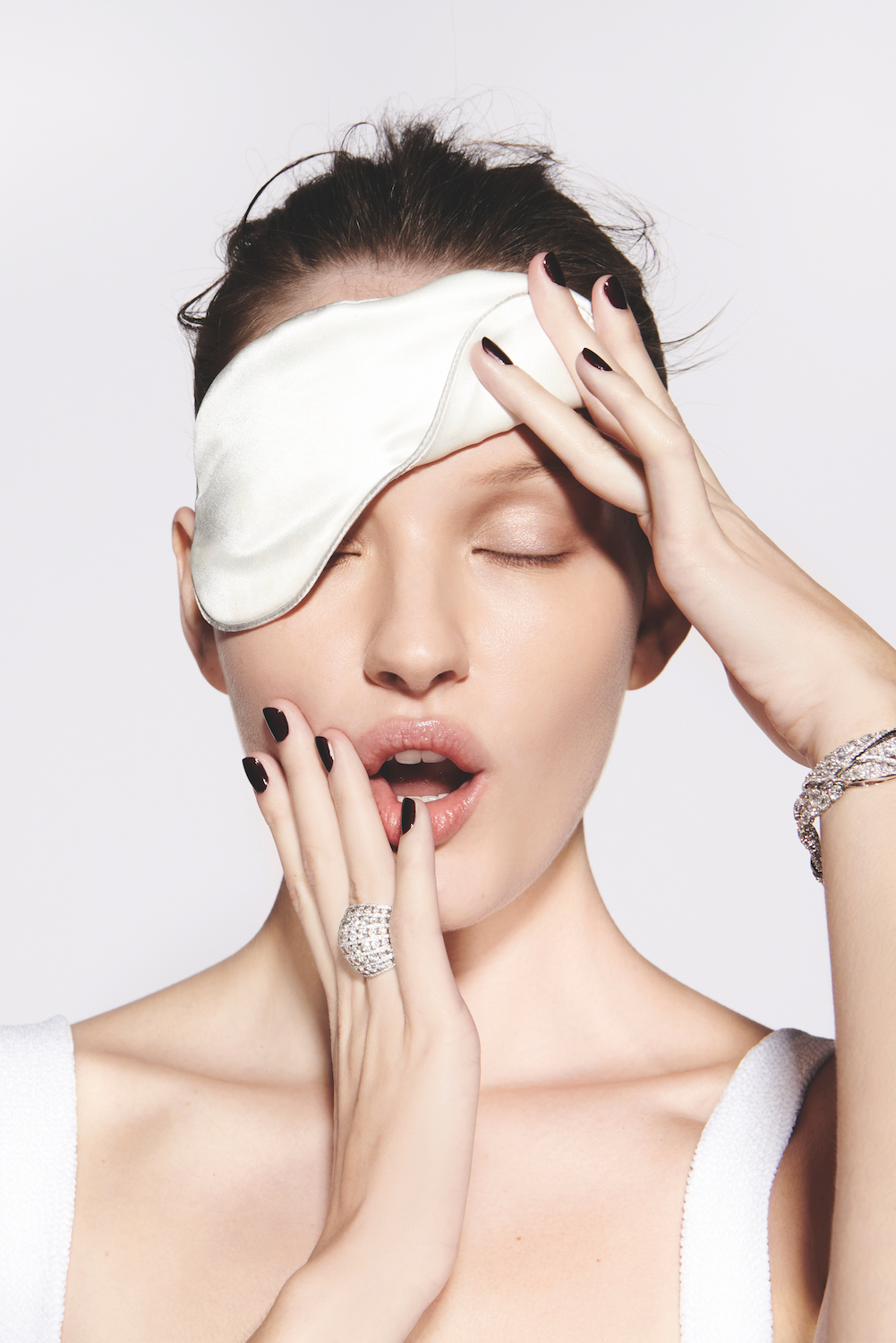
Why Is It So Hard To Get A Good Night’s Sleep?
By
2 years ago
A real snooze fest
Good-quality sleep is fundamental to ageing well. But why is it so hard to come by in middle age? Annabel Jones investigates the science of sleep.
Getting Under The Covers Of The Science of Sleep
It’s hard to know when or why it started. For most of my life I’ve slept like a baby. That all changed two-ish years ago – I’ve barely slept through the night since.
When you wake up each morning feeling like you’ve been burning the candles at both ends when you haven’t had a drop of alcohol in months and go to bed at 8pm most nights, it’s a mild form of torture. But while our parents’ generation would have suffered in silence, there’s now emerging science that’s inspiring a new genre of sleep-hacking advice from tech to habit shifts to help us get the quality of sleep our bodies need for longevity.
Not only is sleep more studied than it’s ever been, Western culture has become obsessed with wellness, making rock stars of experts such as Matthew Walker, professor of neuroscience and psychology at the University of California, Berkeley, who is the founder of the Center for Human Sleep Science. His work examines the impact of sleep on human health and disease (he’s published in more than 100 scientific research studies on the science of sleep), the highlights of which he’s promoted on popular podcasts such as neuroscientist Andrew Huberman’s wildly successful health pod, Huberman Lab. Whereas physician and author of Outlive: The Science & Art of Longevity Peter Attia regularly extols the virtues of ‘good sleep’, insisting it’s critical to our innate physiological repair processes, while poor sleep ‘triggers a cascade of negative downstream effects from insulin resistance to cognitive decline, as well as mental health issues’. We’re turning into a society of longevity nerds – and sleep is at the cornerstone of it.
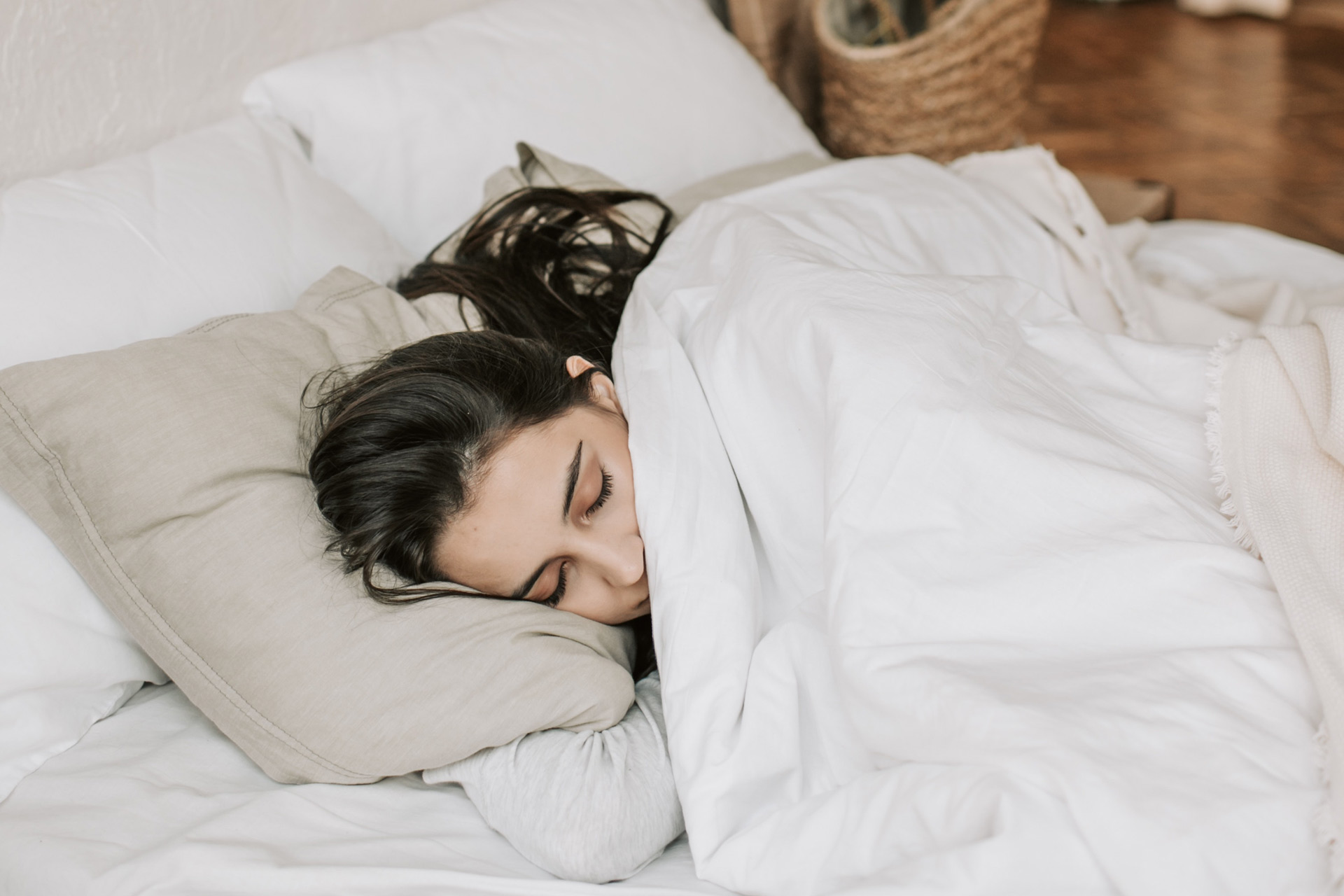
(c) Pexels
Nowadays, it’s as common to discuss how many hours REM (rapid eye movement) you got last night as it is to talk about the weather. Indeed, most mid-lifers I know are well-versed in the nuances between melatonin, magnesium, ashwagandha and CBD drops as an aid to sleepiness.
But getting lost in the minutiae can only make things worse if you don’t know the root cause of why you’re not sleeping in the first place – one of social media’s less admirable qualities is its tendency to disseminate health in binary soundbites. Hence why specialist consultants such as Dr Matthew Hind, consultant respiratory physician at the Royal Brompton Hospital London and an honorary senior lecturer for the National Heart and Lung Institute, prefers to rely on medically recognised sleep studies to determine causality. When he’s not doing life-saving work (such as researching how to grow new lungs for patients with lung disease), he is one of the leading consultants at OneWelbeck’s sleep clinic, which is where our paths first crossed.
Restless Leg Syndrome
I was not only sleeping poorly, I was experiencing curious involuntary leg movements that prevented me from getting to sleep, alongside tingling in my hands and feet that was so distracting I couldn’t relax.
By the time I reached Dr Hind, I was at my wits’ end. A consultation determined it was likely I had something called restless leg syndrome that results in periodic limb movements at night, a condition that can often be caused by low ferritin (iron stores). While my blood tests revealed my ferritin was within the ‘normal range’, it was at the thin wedge of a large spectrum – not low enough to necessitate an iron infusion but not high enough for someone with my symptoms. In other words, my body’s iron stores were far from optimum, Hind explained, and suggested I take ferrous sulphate (an iron supplement) until my ferritin levels, which were 30ug/L, reached at least 100 ug/L. This would take up to three months.
The Importance Of A Sleep Study
While we waited for my iron to improve, Dr Hind issued a sleep study. At OneWelbeck, you have several options. These include a DIY sleep device called Sunrise that you can use at home. From £550, this includes diagnostic blood tests, the Sunrise sleep study and results that are determined at a medical consultation with a respiratory sleep doctor. As my symptoms weren’t straightforward, Dr Hind suggested I try a more detailed study called the NOX T3. After a quick demonstration, I was sent home with the sleep device that was set to begin recording at a predetermined bedtime of my choice. The T3 involves attaching a heart monitor via a chest strap and sticking numerous electrodes on various parts of the body, which record how many leg movements are made throughout the night, whether snoring or sleep apnoea (a condition in which patients stop breathing for short periods) is detected – and if so, how many times and in
what position.
In suspected parasomnias such as narcolepsy, sleepwalking or rarer types such as sexomnia whereby patients unknowingly act out sexual behaviours in their sleep, there’s the third option of staying overnight at a sleep laboratory to be monitored by a clinician.
I was found to have, as suspected, a number of periodic leg movements throughout the night that did improve gradually in alignment with elevated iron stores. Though iron isn’t the only factor; restless leg syndrome can be influenced by certain medications such as antidepressants.
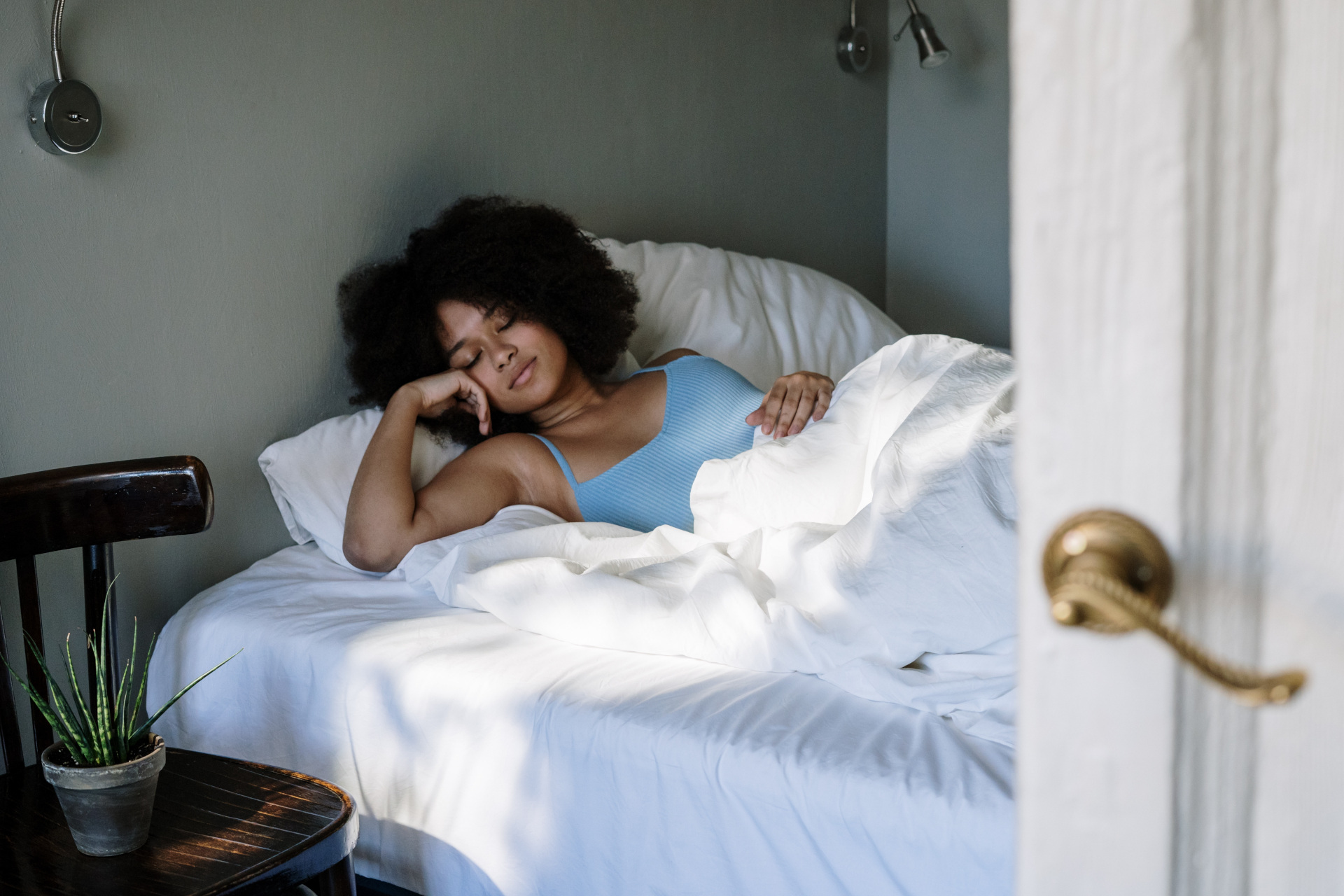
(c) Cottonbro, Pexels
A diagnosis of restless legs didn’t surprise me. What did come as a shock was the mild sleep apnoea, which was found in my case to happen mostly during periods when I was sleeping on my back, known as positional sleep apnoea. Such back sleeping causes the jaw to drop backwards and the windpipe to narrow, leading to snoring and a lack of oxygen, which puts a strain on the heart by not allowing blood pressure to fall as much as it ideally should during the night. In severe cases, sleep apnoea can lead to an increased risk of a stroke or heart attack.
Moreover, signs of mild sleep apnoea may involve waking up to go to the loo more often than usual as higher blood pressure puts more strain on the kidneys. And more generally, waking up feeling unrefreshed despite being asleep for a sufficient number of hours. Positional sleep apnoea can be caused by a few reasons: being overweight is the obvious cause as a thicker neck circumference is linked to a reduction in the airway at the back of the throat. However, it’s not the only cause, particularly in women over 40, says orthodontist Emma Laing, who fits patients with a mandibular advancement splint, a fancy name for a custom-fit mouth guard by Sleepwell that gently pries the airways open by positioning the bottom jaw forward. ‘There are generally two cohorts for sleep apnoea: men who are overweight with a shirt collar of 17.5 or over, and women, usually over 40, with a petite jaw that naturally sits backwards – a lot of my patients fit into this category,’ she explains.
The downsides of the device are jaw ache (TMJ), which can be apparent the morning after, and hypersalivation, which causes a dry mouth, though these are usually teething problems that are outweighed by the improvement in sleep. Another option being bandied about online is wearing mouth tape (available on Amazon) at night to encourage nose breathing.
Dr Hind suggests some simple tips instead: for positional sleep apnoea, he recommends tucking a tennis ball in the back of a bra or snug sport top, which helps prevent you from rolling onto the back; and placing a brick or books underneath the head of the bed to lift the position of your head marginally upwards, thus encouraging the jaw to stay forward.
Of course, more serious sleep apnoea requires more strident protocols such as wearing a CPAP (continuous positive airway pressure) device.
Are Hormones To Blame?
For women, menopause can be blamed for changes in sleep patterns as a drop in oestrogen and progesterone can contribute to insomnia, therefore it’s worth asking your GP to have your hormones checked. If you find you’re somewhere in the menopause transition then seeing a gynaecologist who specialises in menopause and HRT (hormone replacement therapy) is a good place to start, as balancing sex hormones can be all that’s required to get your sleep back on track, should that be an option for you.
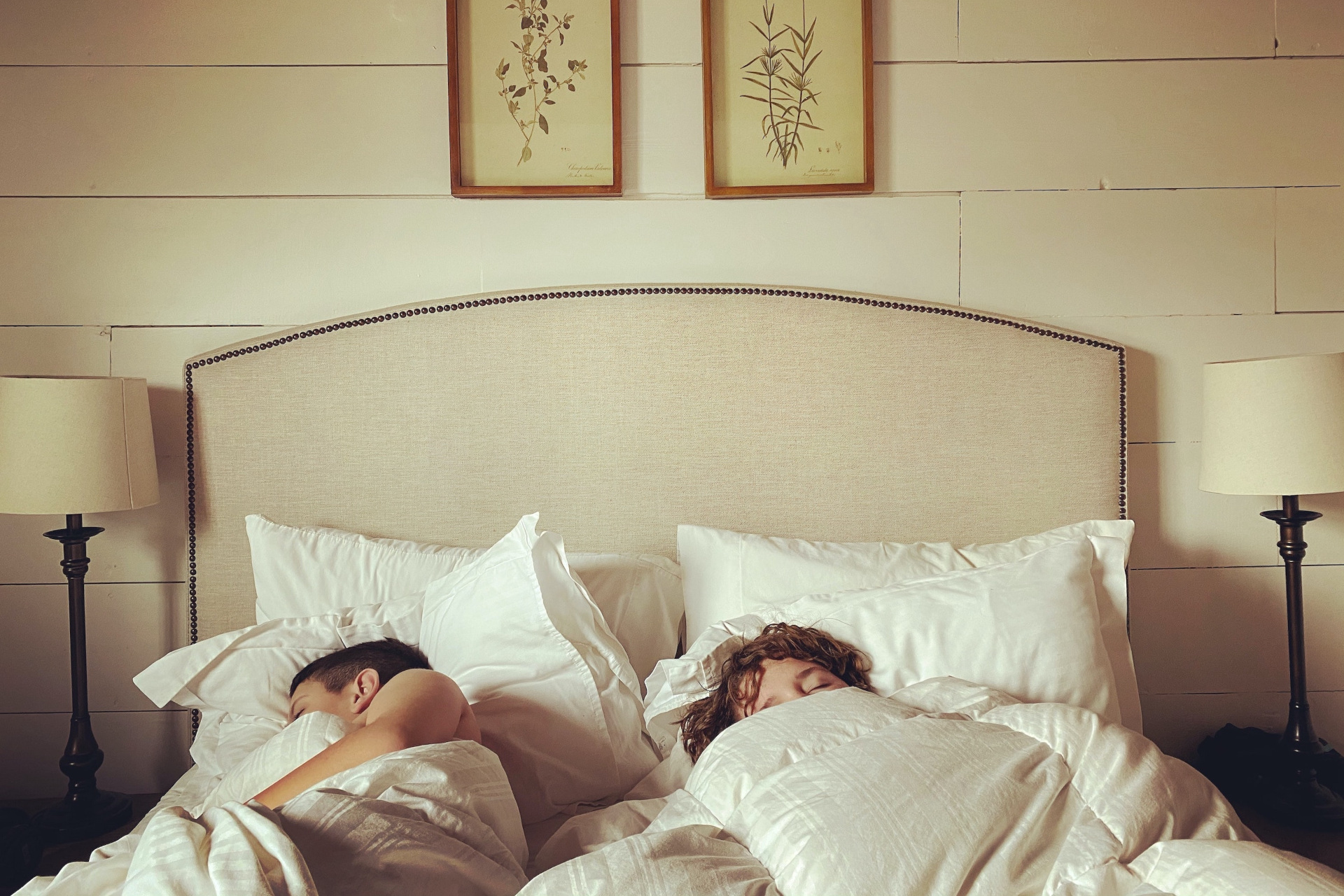
(c) Leann Cline, Unsplash
The Effect Of Diet On The Science Of Sleep
Another thing to consider, says Hind, is acid reflux, which can accompany sleep apnoea, and be reduced by not eating two to four hours before bed and avoiding fizzy drinks and sugary, fatty or fried foods. Dialling in one’s nutrition is the obvious answer but, in the meantime, drinking Gaviscon Advance, an unpleasant-tasting gooey liquid made from seaweed, before bed is another as it creates adequate throat slip and helps to ease symptoms. Extra weight in and of itself is a lead cause of sleep apnoea, including mild positional kinds, says Dr Laing. ‘Often it’s in midlife when it’s more common to gain weight, particularly during the menopause transition, that the tipping point occurs.’
Why Adults Need Bedtime Routines Too
Blackout blinds or curtains, and a reduction in HEV light (high energy visible light, from phones etc) an hour or two before bed can help ease insomnia if you keep to a strict habit. I now charge my phone in a different room and have bought a Lumie alarm clock ,which emits a gentle light gradually over 15 to 90 minutes to wake me. Wearing a silk eye mask and blacking-out windows has also been shown to help with insomnia. One of the best ways to correct a dysfunctional circadian rhythm, however, is to stick to a strict bedtime practice that involves going to bed and waking at the same time each day and unwinding a good hour or two before bed. ‘We give our children strict bedtime routines but, as adults, we tend to neglect this principle and go to bed at erratic times, which shows up in poor-quality sleep,’ says Hind.


